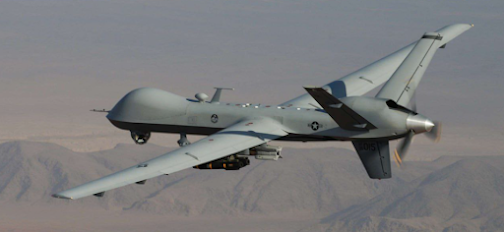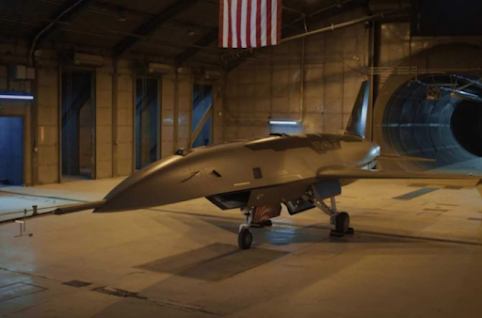The first flight of the YFQ-42A is not just a test, but a breakthrough
The US Air Force, together with General Atomics Aeronautical Systems, has made a breakthrough: the YFQ-42A fighter-robot took to the air for the first time. This was not just the launch of another drone, but the first flight of a fully—fledged autonomous combat vehicle developed under the Collaborative Combat Aircraft (CCA) program. Moreover, the transition from blueprints to takeoff took record time — a signal that the Air Force is serious about robotizing the sky.
Now the car begins to learn to fly not just on command, but by itself.
How does a fighter jet work without a crew
The YFQ-42A is not the kind of drone that circles the battlefield with a camera. It is a full-fledged combat aircraft capable of flying at supersonic speeds, maneuvering, carrying weapons and making decisions. It is equipped with artificial intelligence, which allows it to operate in semi-autonomous mode: the pilot on the ground or in an accompanying fighter gives orders, and the drone calculates the trajectory, avoids threats and chooses the moment to attack.
Sometimes he even flies completely on his own — without human intervention.
The US Air Force wants 1,000 of these drones.
The plan is large-scale: The Air Force plans to create a fleet of 1,000 autonomous aircraft. This is not a replacement for the F-35 or F-22 — these are their "partners". Imagine: one pilot controls a whole group of drones that go forward, scout, distract the air defense, and, if necessary, sacrifice themselves to save the manned aircraft.
YFQ-42A is one of the two finalists of the CCA program. The second one is the YQ-44A from Anduril. The winner will receive a serial production contract.
From a companion to an independent fighter
Previously, drones were like servants — they carried out commands. Now they are becoming partners. The YFQ-42A can not only fly in formation, but also make decisions: where to turn, when to attack, how to get away from the missile. It's not fiction — it's already working.
The U.S. Air Force understands that the future belongs to those who can control not just one aircraft, but an entire network. And the YFQ-42A is the first step towards this new war in the sky.
Sources
- Topwar.ru — progress on loyal wingman CCA for USAF
- Amalantra.ru — YFQ-42A & YFQ-44A overview
- Gazeta Metro — first official image & USAF general comments
- Obozrevatel.com — functional YFQ-42 prototype photos
- Meta-Défense.fr — comparative analysis YFQ-42A vs YFQ-44A
- WTFTime.ru — first look at YFQ-42A fighter-UCAV prototype
- Building-Tech.org — USAF presents first UCAVs able to team with manned aircraft
- Zhihu — performance & design discussion (CN)


































.jpg)
